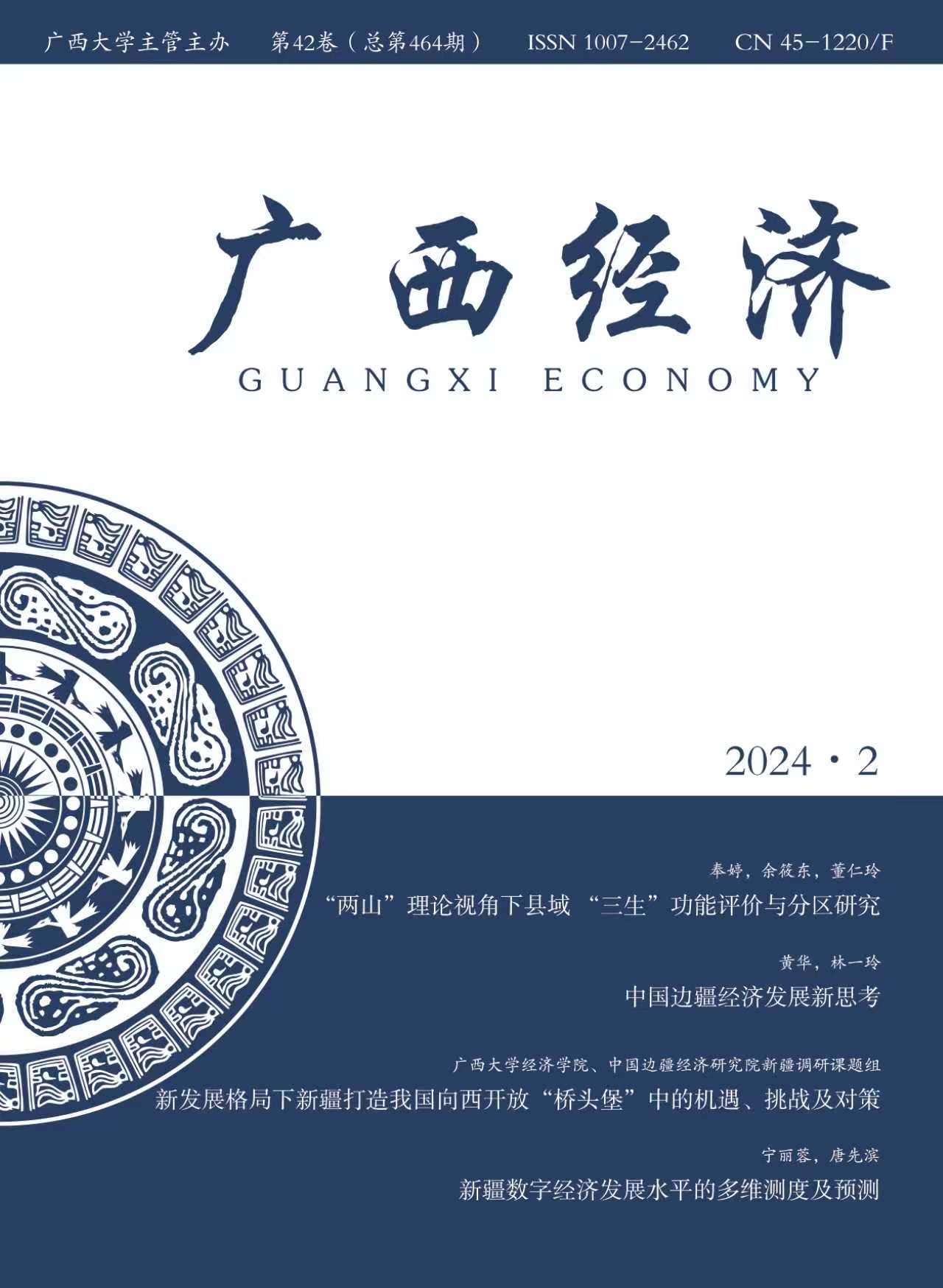Abstract: The territorial spatial function has complex trade-offs or coordination relationships. Based on the evaluation and spatial analysis of the “production-living-ecological” function in Guangxi districts and counties, this paper combines the “two mountains” theory to realize the zoning and optimization of Guangxi’s territorial spatial function. Taking 111 districts and counties in Guangxi as the research unit, this article constructs the evaluation system of the “production-living-ecological” function, explores the spatial pattern and trade-off/coordination relationship of “production-living-ecological” function with the help of spatial autocorrelation model, and realizes the spatial function zoning scheme of Guangxi by using two-dimensional graph theory clustering method. The results show that: (1)The spatial pattern of the “production-living-ecological” functions in counties of Guangxi has significant regularity and difference, i.e., the production function shows the spatial pattern of “high in the south and low in the north”, the living function as a whole decays southeastward with Nanning as the center, and the high-value area of ecological function is distributed in western Guangxi. (2)The “production-living” low-low coordination districts and counties in northern and northwestern Guangxi are contiguous, and the trade-off districts and counties are distributed in southwestern Guangxi or clustered in Nanning, Liuzhou, and Guilin. The “production-ecological” high-high coordination districts and counties are concentrated in southwestern Guangxi, and the trade-off districts and counties are concentrated or sporadically distributed in southeastern Guangxi. The “living-ecological” functions are mainly based on the trade-off relationship, which is distributed in the west of Guangxi or scattered in the middle and southeast of Guangxi. (3)Guangxi’s territorial space is divided into functional coordinated development areas and functional improvement areas, including the Beibu Gulf “production-living-ecological” coordinated development area, the “production-ecological” coordinated development area in central Guangxi, the “ecological” functions improvement area in eastern Guangxi, the industrial “production-ecological” coordinated development area in northeastern Guangxi, the “production-living” functions improvement area in northern Guangxi, the industrial “production-ecological” coordinated development area in southwestern Guangxi, the industrial “production-ecological” coordinated development area in western Guangxi, and the “production-living” functions improvement area in northwestern Guangxi. Our Research provides a scientific basis for the high-quality development of territorial space.
Keywords: “production-living-ecological” functions; “Two Mountains” theory; trade-off / collaboration; spatial pattern; partition

Reprinted from Guangxi Economic Journal, 2024,42(02):5-19.


 ADD:No.100 Daxue Road, Nanning, Guangxi, China
ADD:No.100 Daxue Road, Nanning, Guangxi, China Tel/Fax:+86-0771-3186687
Tel/Fax:+86-0771-3186687 Email: gse@gxu.edu.cn
Email: gse@gxu.edu.cn